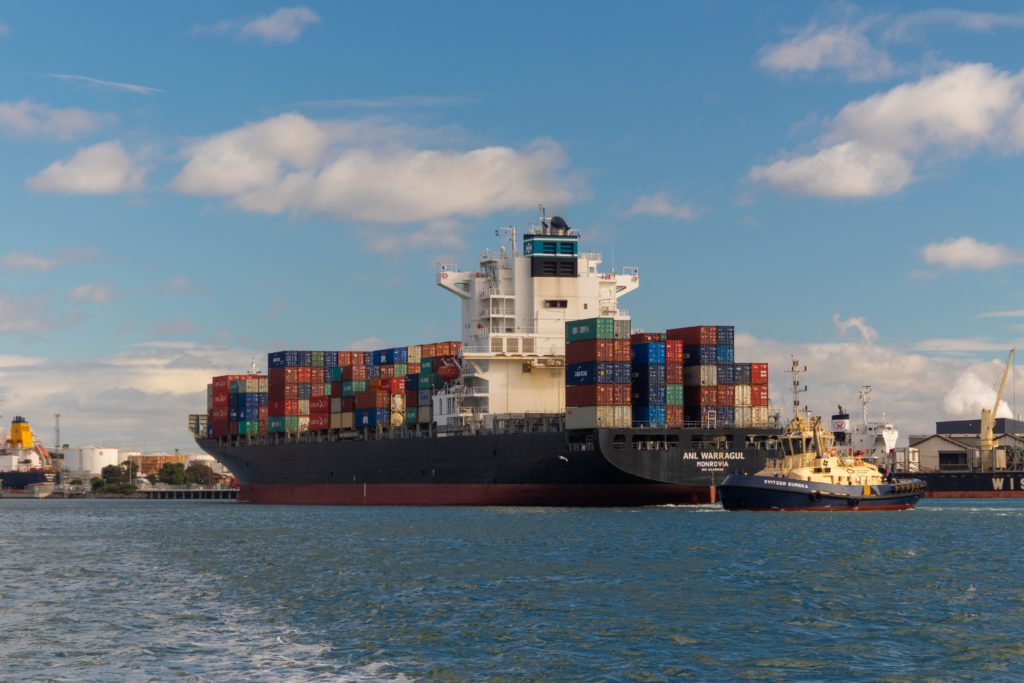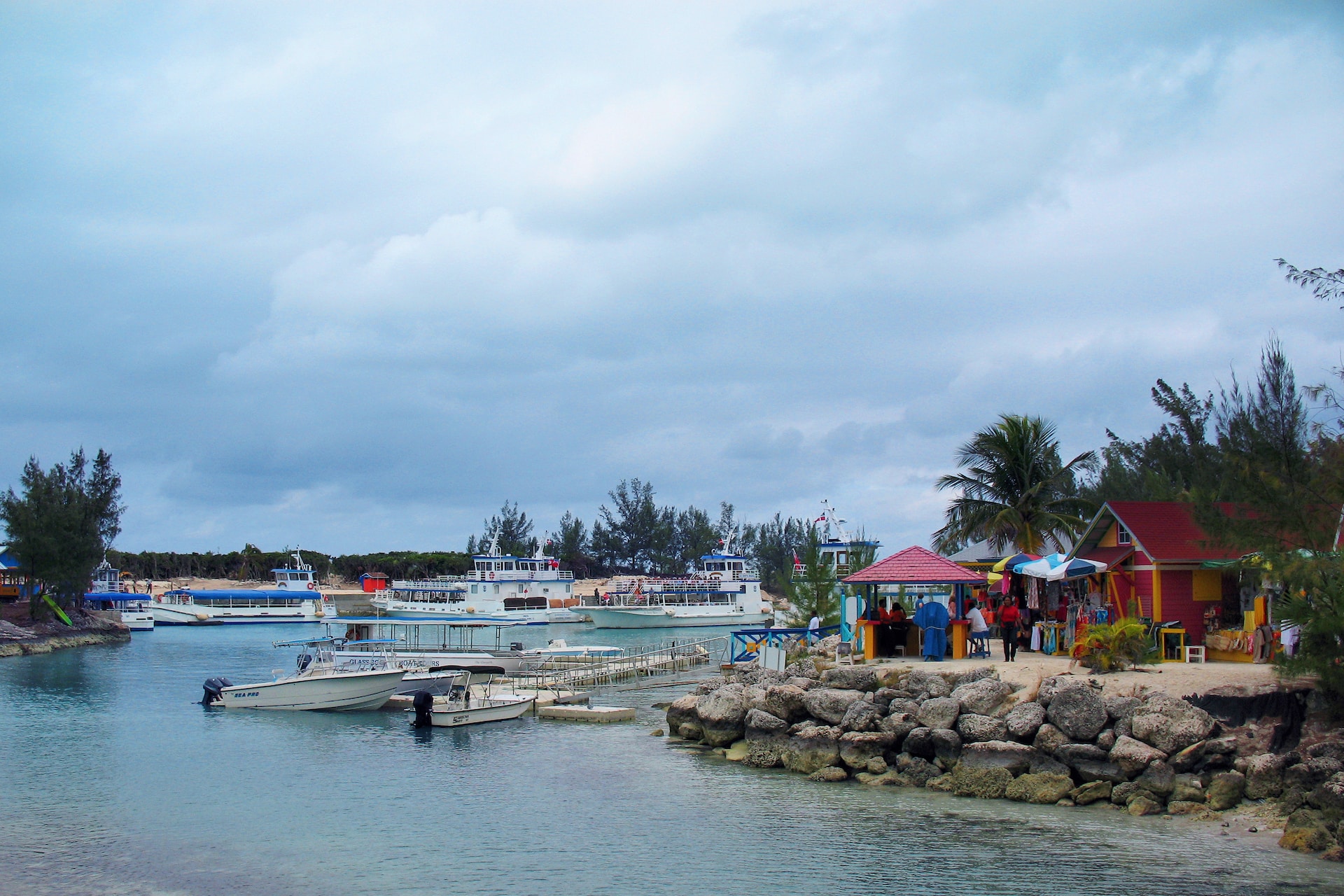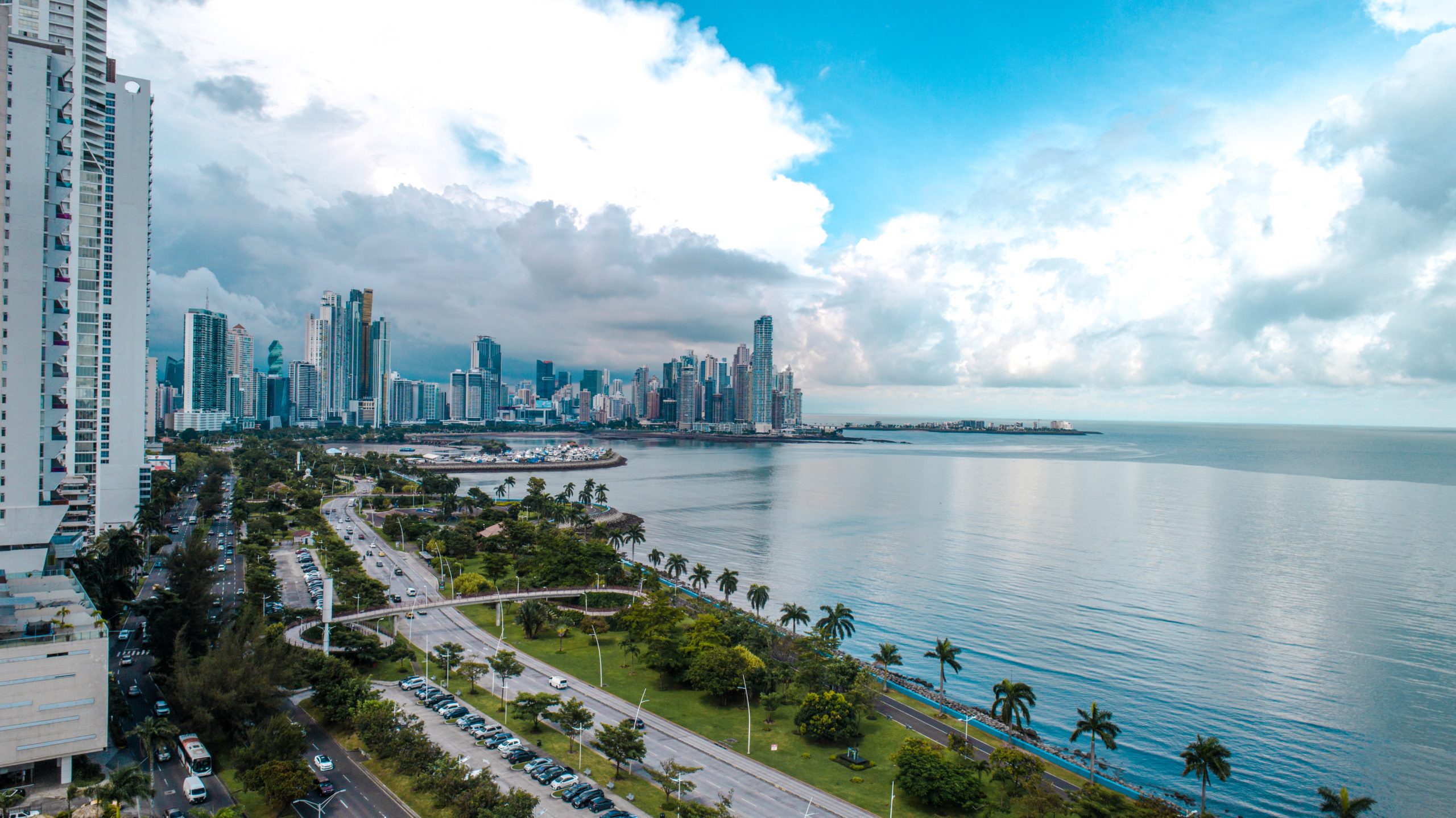The Agreement on Trade-Related Investment Measures (TRIMs) establishes standards that apply to domestic laws that a nation enacts in response to foreign investment, frequently as a component of an industrial policy. The deal was negotiated under the General Agreement on Tariffs and Trade (GATT), the organization that preceded the WTO, and it was finalized in 1994. It entered into force in 1995. The World Trade Organization’s members unanimously approved the accord. One of the four main legal agreements of the WTO trade treaty is called Trade-Related Investment Measures. TRIMs are regulations that limit domestic companies’ preferences, allowing overseas companies to operate more conveniently in foreign marketplaces. Policies that have historically been employed to support domestic businesses and counteract restrictive corporate practices, such as local content requirements and trade balance laws, are now outlawed.

Origin
The amount of foreign direct investment increased significantly worldwide in the late 1980s. To preserve and support home businesses and stop the loss of foreign exchange reserves, some of the countries that received foreign investment nevertheless set many limitations on such investment. The few international agreements that provided limitations for policies restricting foreign investment provided only a limited amount of content and country-specific guidance before the conclusion of the Uruguay Round negotiations, which resulted in a comprehensive Agreement on Trade-Related Investment Measures. TRIMS is aware that some investing strategies can impede and skew trade. It adds that any measure that discriminates against foreign products or that results in quantitative limits is prohibited, as both go against fundamental WTO tenets. The TRIMS Committee keeps an eye on how the Agreement is being used and put into practice and gives members the chance to consult on any pertinent issues.
Foreign Investment and the GATT
The relationship between trade and investment in the context of the GATT received little consideration before the Uruguay Round negotiations. The GATT contracting parties adopted a resolution on international investment for economic development in 1955, in which they, among other things, urged nations to sign bilateral agreements that would offer foreign investment protection and security. A decision by a panel (Administration of the Foreign Investment Review Act; FIRA) in a dispute settlement process between the United States and Canada was an important step concerning investment in the time leading up to the Uruguay round. The panel ruling in the FIRA case was noteworthy because it recognized that existing GATT commitment applied to government requirements placed on investments since such restrictions made a distinction between domestic and imported goods.
Uruguay investment measures
Strong disagreements over the scope and makeup of potential new disciplines characterized the Uruguay Round negotiations on trade-related investment policies. Many developing nations objected to the restrictions that some wealthy nations had suggested, which would have prohibited a wide variety of actions in addition to the local content criteria that the FIRA panel case determined to violate Article III. The compromise that ultimately resulted from the negotiations primarily consists of an interpretation and explanation of how GATT clauses on national treatment for imported goods and quantitative restrictions on imports or exports apply to trade-related investment measures. As a result, many of the policies that were addressed during the Uruguay Round discussions, like export performance and technology transfer requirements, are not covered by the TRIMs Agreement.
Coverage limited to goods trade only
The Agreement only applies to investment measures connected to trade in goods, according to the coverage of the Agreement. As a result, services are not covered under the TRIMs Agreement.
Measures that are required and optional
The Illustrative List includes both TRIMs that must be followed to gain a benefit and TRIMs that must be followed to be mandatory or enforceable under domestic law or administrative judgments.
Exceptions
According to Article 3 of the TRIMs Agreement, all GATT 1994 exclusions must be applied appropriately to the TRIMs Agreement’s provisions.
Transparency
Article 6 of the TRIMs Agreement contains provisions intended to guarantee transparency concerning the application of TRIMs. The notification of lists of publications containing TRIMs to the WTO Secretariat is one of the main provisions of this article.
Trade-Related Investment Measures Committee
The Committee on Trade-Related Investment Measures is a forum established by Article 7 of the TRIMs Agreement to review the implementation and functioning of the Agreement. At least one meeting per year is held by the Committee. The majority of the Committee’s work today is devoted to discussing specific concerns that some Members have regarding the trade-related investment policies of other Members.
Dispute resolution
Disputes occurring under the TRIMs Agreement are subject to the standard WTO dispute resolution procedure as outlined in the Dispute Settlement Understanding. 34 requests for discussions under the DSU have raised concerns about the purported incompatibility of specific policies with the TRIMs Agreement. Six of these cases have been resolved or terminated through a mutually acceptable resolution, while 16 of them have advanced to the formation of a panel. The consultation process is still ongoing for the others.







